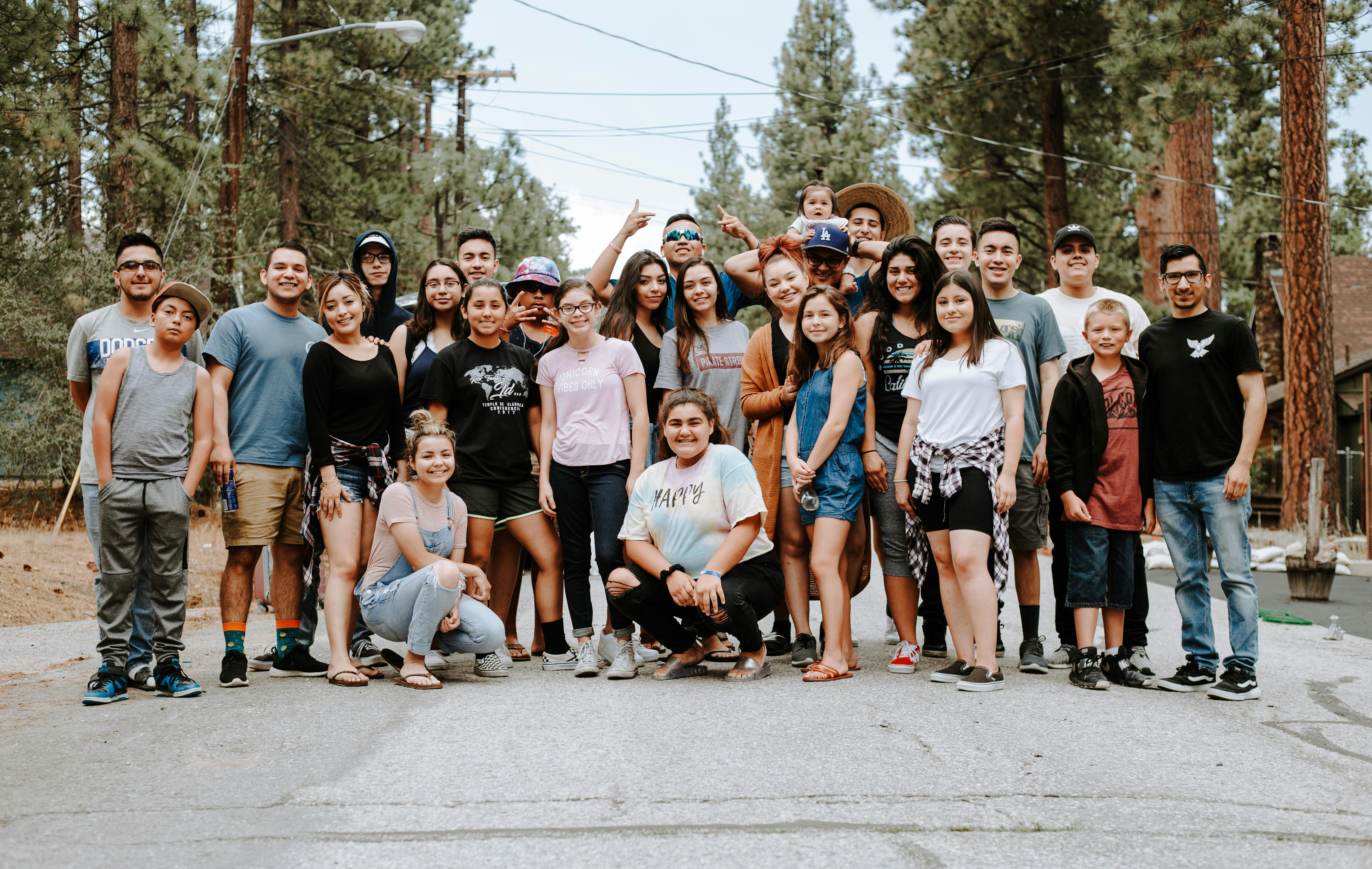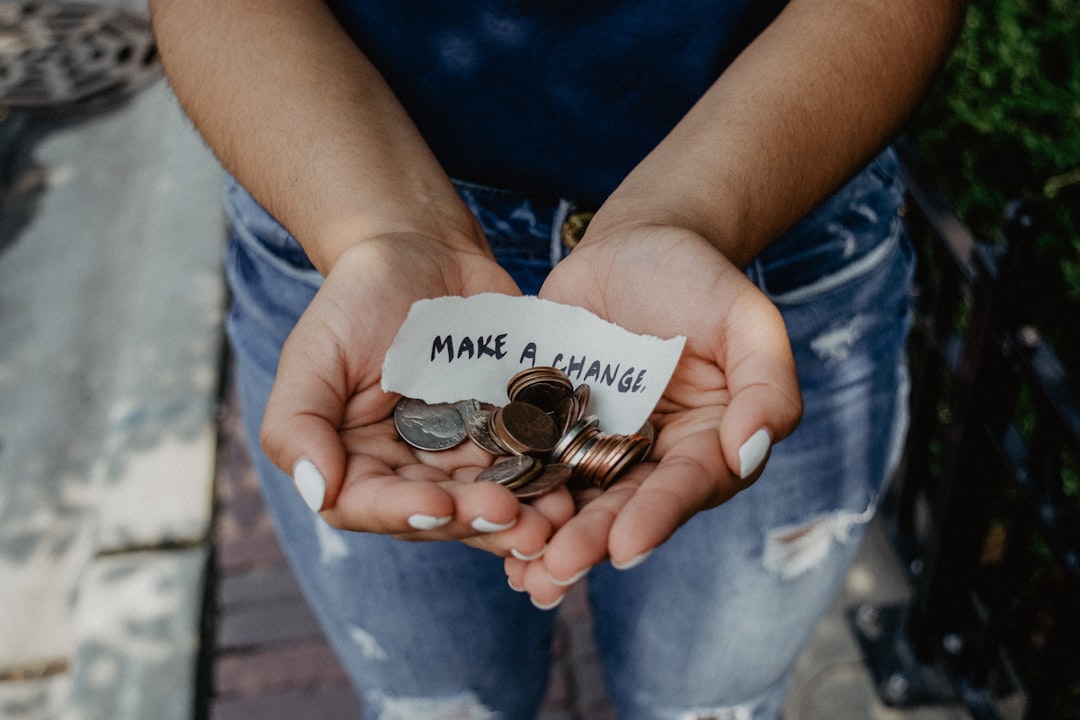With email, non-profits were able to send out communications more frequently. Still, as James Li, CEO of RE:action Strategy Group says, “The communications were the same dry one-way giving process.” Enter social networking, which started out as a way for college students to keep in touch with one another, but has evolved into an effective marketing tool.
All of a sudden, social media provided, as William Marlow of Alumni Fidelity, explains “a quality difference.” Social media allows non-profits to “accomplish new things and you can get your message to more potential donors because you're no longer limited to buying donor lists." Yet, many long established non-profits are hesitant to jump into the social media arena. Some are afraid it is a waste of resources. This is a shame according to Mandy Boyle of Solid Cactus, she thinks, “all non-profits can see value from social networking.”
According to Derek Belisle of the Arthritis National Research Foundation, his organization is a perfect example, they currently have only two paid employees, but by employing social media, email and their website, they can reach national audience. Derek feels that utilizing social media “has been a big step for the foundation. It allows smaller organizations to present their mission in more dynamic ways.”
Social networking is changing how non-profits interact with their donors. No longer is the campaign limited to paper or an email. Now a campaign “can include video, graphics and a chance for the donor to act immediately, with the touch of a button, to an appeal," says Bill Knott Vice President for Advancement Cornerstone University.
In fact, Cornerstone so believes in social media that the annual fund coordinator is now responsible for designing a social media presence and take it forward. Bill strongly, believes that “social media helps build relationships between interested parties and the non-profits.”
James Li, “We use social media to communicate the impact of donations back to donors--whether its showing them videos of the school in Africa being built or sending them photos of the cows they helped sponsor, this new approach is more personalized and brings the deserved information to where charities constituents spend most of their days.”
The reaction is much the same with many non-profits who have had success with social media. According to Janith Chang from The Sturge-Weber Foundation, they use Facebook consistently to “spread their cause as well as to provide their members with a forum to ask questions, seek advice, and provide support.”
It often results in a more personal relationship between donors and beneficiaries. Janith points out that the foundations Facebook page “allows the donors to the foundation to foster stronger, more personal relationships with families that they might not otherwise have the opportunity to become acquainted with.”
Social media can also help the non-profit reach out to those in need of their services. As is the case with Jobs for Youth explains Kristin Gudenrath Public Relations and Special Events Director for the organization, feels that Facebook is “a great resource for reaching out to our clients. A lot of our clients have disconnected cell numbers, move a lot or are not getting messages when they are left at their homes.”
So the organization uses social media “rather than e-blasting them, we simply put up information about a new program we have started, a new job opportunity, etc, and our clients respond extremely well.“ She too believes it gives donors a chance to see how their donation makes a difference in someone’s life. “Our youth make up the majority of our friends on Facebook so when a donor is interacting with us on Facebook, he is also interacting and seeing our clients profiles as well.”
There is little doubt that charities can benefit extensively from social networking. The increased interactivity makes the donor feel more invested in the non-profit and more committed to seeing it succeed.






























 Fostering strong relationships with donors is essential to the survival of a non-profit. For the longest time, non-profits relied on newsletters and other mailing to reach out to their donor base. Rising costs in both printing and mailing forced many non-profits to limit the number of mailings, which non-profits feared would damage their relationship with their constituents. So, they turned to email.
Fostering strong relationships with donors is essential to the survival of a non-profit. For the longest time, non-profits relied on newsletters and other mailing to reach out to their donor base. Rising costs in both printing and mailing forced many non-profits to limit the number of mailings, which non-profits feared would damage their relationship with their constituents. So, they turned to email.
